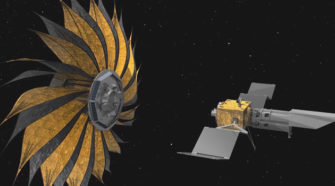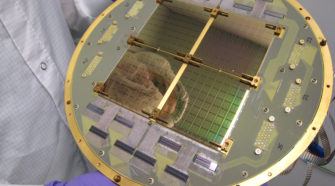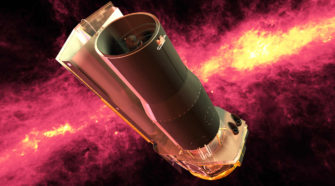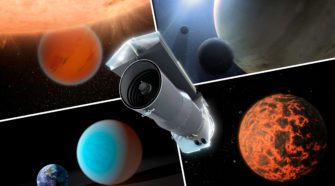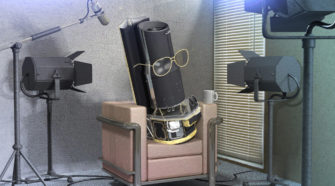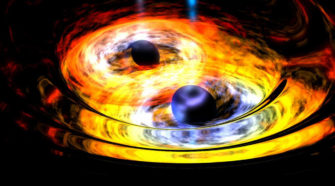Universe
Space sunflower may help telescopes snap pictures of planets
A spacecraft that looks like a giant sunflower might one day be used to acquire images of Earth-like rocky planets around nearby stars. The prototype deployable structure, called a starshade, is being developed by NASA’s Jet Propulsion Laboratory in Pasadena, Calif. The hunt is on for planets that resemble Earth in size, composition and temperature. Rocky …
Scientists detect gravitational waves from birth of the Universe
Astronomers are announcing today that they have acquired the first direct evidence that gravitational waves rippled through our infant universe during an explosive period of growth called inflation. This is the strongest confirmation yet of cosmic inflation theories, which say the universe expanded by 100 trillion trillion times, in less than the blink of an …
Meet NASA’s James Webb Space Telescope – Launch Date: 2018
In a 1.3 million cubic-foot cleanroom at NASA’s Goddard Spaceflight Center in Greenbelt, Md., 18 gold-coated primary mirror segments await installation on NASA’s James Webb Space Telescope. Those mirrors and the telescope’s four science instruments just steps away, will become the most powerful space telescope ever built. “The Hubble Space Telescope has already rewritten the …
The Spitzer Space Telescope: 10 years of viewing the Universe’s dark side
More than ten years have now passed since NASA’s fourth “Great Observatory” – the Space Infrared Telescope Facility (SIRFT) – was boosted into orbit from Cape Canaveral Air Force Station, Fla., atop a Delta II rocket. It was intended to complement is three older siblings, the Hubble Space Telescope, the Compton Gamma Ray Observatory and …
How engineers revamped Spitzer to probe exoplanets
Passing its 10th anniversary, NASA’s Spitzer Space Telescope has evolved into a premier observatory for an endeavor not envisioned in its original design: the study of worlds around other stars, called exoplanets. While the engineers and scientists who built Spitzer did not have this goal in mind, their visionary work made this unexpected capability possible. …
Spitzer: Not a politician; Not a carbonated beverage
Most blog readers are no doubt familiar with the world of space telescopes. But have you ever gone to your friends and asked them what comes to mind when they hear the word “Spitzer?” Chances are, they will ask if you are referring to a certain politician… Or maybe a carbonated beverage. Now is the …
WISE discovers black hole duo merging together
Two black holes are entwined in a gravitational tango in this artist’s conception. Supermassive black holes at the hearts of galaxies are thought to form through the merging of smaller, yet still massive black holes, such as the ones depicted here. NASA’s Wide-field Infrared Survey Explorer, or WISE, helped lead astronomers to what appears to …
Liftoff for ESA’s billion-star surveyor
ESA’s Gaia is destined to create the most accurate map yet of the Milky Way. By making accurate measurements of the positions and motions of 1% of the total population of roughly 100 billion stars, it will answer questions about the origin and evolution of our home Galaxy. The Gaia mission blasted off the morning …
Ghostly specter haunts ‘coldest place in universe’
At a cosmologically crisp one degree Kelvin (minus 458 degrees Fahrenheit), the Boomerang nebula is the coldest known object in the universe — colder, in fact, than the faint afterglow of the Big Bang, the explosive event that created the cosmos. Astronomers using the Atacama Large Millimeter/submillimeter Array (ALMA) telescope in Chile have taken a …
‘Witch head’ brews baby stars
A witch appears to be screaming out into space in this image from NASA’s Wide-Field Infrared Survey Explorer, or WISE. The infrared portrait shows the Witch Head nebula, named after its resemblance to the profile of a wicked witch. Astronomers say the billowy clouds of the nebula, where baby stars are brewing, are being lit up …

